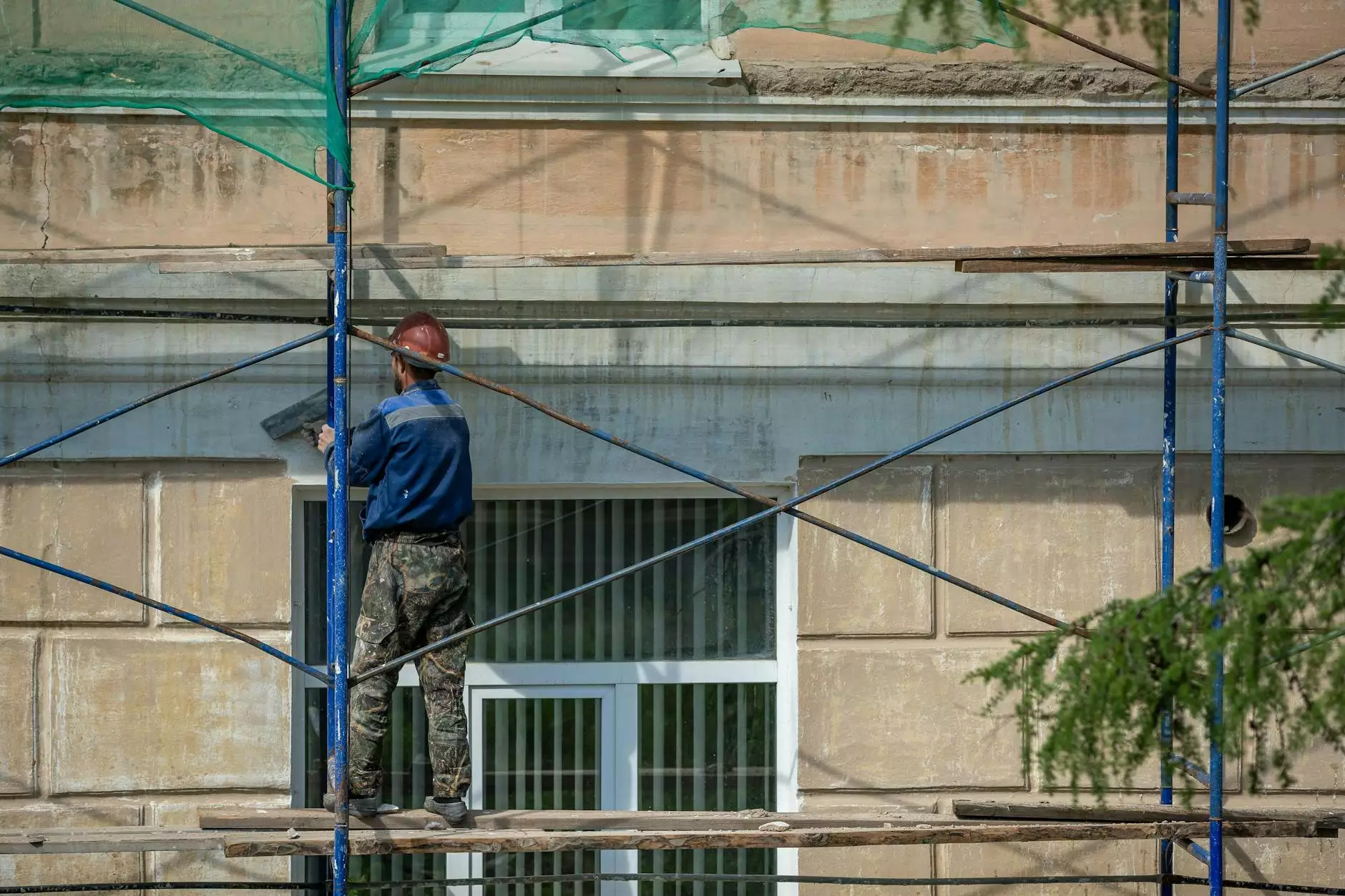Understanding the Unilateral Oophorectomy Procedure

The unilateral oophorectomy procedure is a significant surgical intervention in the field of gynecology, often conducted for various medical reasons related to a woman’s reproductive health. This detailed article aims to provide a comprehensive understanding of the procedure itself, including the reasons for its necessity, the surgical techniques involved, the expected recovery period, and potential complications. By gaining knowledge about this procedure, patients can make informed decisions regarding their health care.
What is a Unilateral Oophorectomy?
A unilateral oophorectomy involves the surgical removal of one ovary. This procedure can be performed for several reasons, including:
- Ovarian cysts: Large or recurrent cysts can cause discomfort and may require removal.
- Endometriosis: This condition can lead to severe pain and may necessitate the removal of affected ovarian tissue.
- Ovarian tumors: Some tumors may be benign, but their presence can lead to complications, warranting surgical intervention.
- Cancer: In cases where ovarian cancer is diagnosed, the unilateral removal can be a part of treatment planning.
Indications for Unilateral Oophorectomy
The decision to perform a unilateral oophorectomy is usually based on thorough medical evaluations, which include physical examinations, imaging tests such as ultrasound or MRI, and sometimes blood tests to check tumor markers. The main indications include:
- Persistent pain: If a woman experiences ongoing pelvic pain that does not respond to other treatments, oophorectomy may be recommended.
- Irregularities in menstrual cycles: Significant changes or irregularities in menstrual cycles can lead to further investigation and potential surgery.
- Family history: Women with a strong family history of ovarian cancer may consider oophorectomy as a preventive measure.
The Surgical Procedure: Steps Involved in a Unilateral Oophorectomy
The unilateral oophorectomy procedure can be performed using different surgical approaches, including laparoscopic and open surgery. Below is an overview of the steps typically involved:
Laparoscopic Technique
The laparoscopic method is less invasive, typically leading to quicker recovery times. The steps include:
- The patient is placed under general anesthesia.
- Multiple small incisions (usually 3-4) are made in the abdomen.
- A camera (laparoscope) and surgical instruments are inserted through these incisions.
- The ovary is identified and carefully detached from surrounding tissues.
- The removed ovary is placed in a bag and extracted through one of the incisions.
- The incisions are then closed with sutures or surgical glue.
Open Surgery Technique
In some cases, open surgery may be necessary, especially if complications arise. This procedure includes:
- The patient is positioned on the operating table and receives general anesthesia.
- A larger incision is made in the lower abdomen to directly access the ovary.
- The surgeon identifies and removes the ovary, carefully examining the surrounding tissues.
- The incision is closed with stitches and may require a longer recovery time.
Post-Operative Recovery
Understanding the recovery process is crucial for those undergoing the unilateral oophorectomy procedure. Post-operative care includes:
- Rest and Recovery: Patients are usually advised to rest for several days post-surgery. This allows the body to heal properly.
- Pain Management: Mild to moderate pain can be expected following the surgery. Pain relief medications will be prescribed as necessary.
- Monitoring Symptoms: Patients should monitor for signs of complications, such as excessive bleeding, fever, or severe abdominal pain.
- Follow-Up Appointments: Regular follow-ups with the healthcare provider are essential to ensure proper healing and to discuss any further treatment if required.
Potential Risks and Complications
Although the unilateral oophorectomy procedure is generally safe, as with any surgery, it carries certain risks and potential complications, including:
- Infection: There is a risk of infection at the incision site or internally post-surgery.
- Bleeding: Excessive bleeding may occur during or after surgery.
- Anesthesia risks: Reactions to anesthesia can vary among individuals.
- Impact on Hormonal Balance: Removing one ovary may affect hormonal levels, and patients may need additional monitoring.
Impact on Fertility and Hormonal Health
For women of childbearing age, a unilateral oophorectomy can raise concerns about fertility. However, it is important to note:
- Many women can still become pregnant with one healthy ovary.
- Ovaries produce hormones that regulate various bodily functions, so hormone levels should be monitored post-surgery.
Conclusion
In conclusion, the unilateral oophorectomy procedure is an important surgical option for treating various gynecological conditions. By understanding the procedure, its purposes, and care needed post-operation, patients are better equipped to participate in their health decisions. If you are considering this procedure or wish to know more about your options, consult with a healthcare provider for personalized advice and guidance. For more information, visit drseckin.com.
Call to Action
Always prioritize your health and seek proactive measures. If you or someone you know is experiencing symptoms that might require surgical intervention, do not hesitate to schedule a consultation with a qualified healthcare professional. Stay informed about your reproductive health and make decisions that align with your wellness goals!









